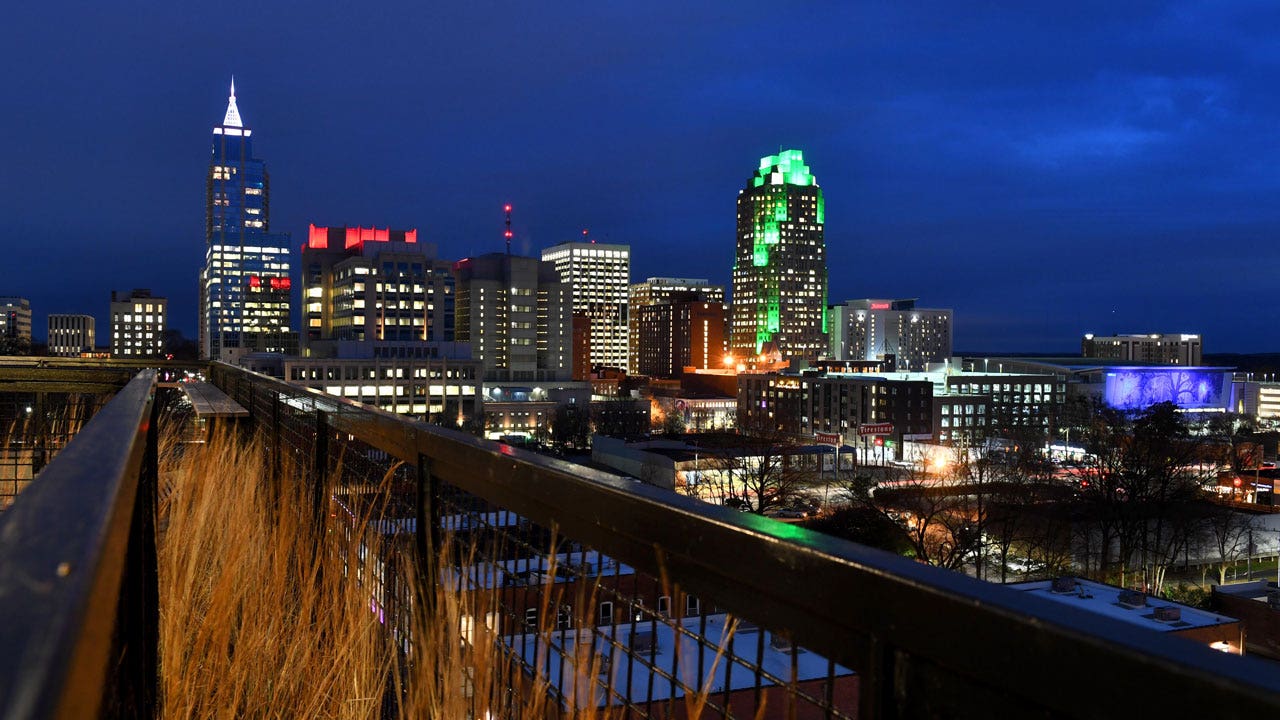By Tuesday night in California, the ballots will be cast, but the results for many races may remain uncertain for days, even weeks.
It is a familiar waiting game that is unique to the state, tending to prompt public scrutiny and debate when major races or hot-button issues are at stake.
But the delay is largely connected to the fact that most of the state’s 22 million registered voters cast mail ballots — and to an extensive review process that requires more than placing a ballot through a machine.
In California, that means verifying each mail-in ballot through a series of steps, including checking signatures and making sure voters did not cast another ballot elsewhere.
If a signature does not match what is on file, as has been the case with those who mistakenly sign using characters of a foreign language, county officials are required to contact the voter to give that person the opportunity to correct it.
The state also counts ballots that arrive late, as long as they are postmarked with the correct date and arrive within seven days. And while many other states must count ballots within a week, California law allows 30 days.
“It looks like it takes forever because it does,” said Paul Mitchell with Political Data Inc., a data firm based in California.
Mr. Mitchell added that the news media and political pundits did a disservice to voters when they place too much focus on how long the results are taking. And that can prompt conspiracy theories, particularly when a candidate is in the lead on election night but loses after the rest of the mail-in ballots are counted.
“You’ve got this conflation of these two issues,” he said. “One is how long it takes, and the other is — and it happens around the country — whether the late vote is a blue shift or a red shift.”
California’s election process — and a history of candidates making up substantial ground after initial returns — may delay race calls this year by news outlets and prevent campaigns from conceding on election night. That could be the case for a Senate race featuring three Democratic members of Congress and Steve Garvey, a former baseball star who is the leading Republican candidate.
Mail-in voting grew more popular over the past decade but quickly became the standard in recent years.
In November 2020, the coronavirus pandemic prompted election officials to send every active registered California voter a ballot that could be mailed in or dropped off at vote centers, collection sites that replaced polling places.
Now, more than 90 percent of votes in California come through the mail. And they often need a thorough check.
“They tend to have more stray marks, more corrections by the voter that may hinder it from going through the voting equipment smoothly,” said Ryan Ronco, president of the California Association of Clerks and Election Officials.
“For example, a person might vote the wrong oval and cross it out and write, ‘Not this one — I mean this one,’” he said. “All of those ballots need to go through a different process to be corrected so that we can count voters’ intent.”
There is also the issue of good old procrastination.
Voters tend to wait until the very last day to turn in their ballots. Which leads to a huge backup in counting.
As of Monday, the Los Angeles County registrar-recorder’s office had received about 573,000 mail-in ballots. The county has 5.7 million registered voters and uses a 144,000-square-foot former Fry’s Electronics store as its ballot processing center.
Mike Sanchez, a spokesman for the registrar-recorder’s office, said that the agency has encouraged voters to avoid waiting until Election Day. “But historically, what we’ve seen is that folks do,” he said.
Orange County officials recently invested $4 million in equipment to scan bar codes and take photos of signatures, said Bob Page, the county’s registrar of voters.
“We wanted the capacity to process more at a time, which you would think logically would be quicker,” he said. “But if we get 500,000 ballots on Election Day, it’s still going to take us time.”
California is one of eight states that allow elections to occur entirely by mail, according to the National Conference of State Legislatures. California tested mail-ballot elections in select counties before the pandemic and permanently expanded the approach statewide after it had its highest turnout percentage in decades in November 2020.
Earlier, Republicans questioned California’s process after Democrats gained crucial votes in the 2018 congressional races as election offices processed ballots for weeks after Election Day. No fraud was found. In 2020, former President Donald J. Trump sowed doubt about mail-ballot elections, discouraging other Republicans from supporting the approach on a statewide basis.
Kim Alexander of California Voter Foundation, a nonpartisan group that seeks to improve the voting process, said that the vote count was in need of acceleration, even though elections were secure in the state.
“There’s a perception issue, you know, people see the results change and it raises fears among some people that something questionable has happened,” she said.
She noted that it was not helpful for voters or candidates to have to wait so long to hear the results, and that the process also shortened the available window for a recount.
But Ms. Alexander said that some counties, particularly those in rural settings where there is less help, relied heavily on the allotted days to count votes. And she said that California’s current method gave voters a number of fail-safes to make sure they are not turned away.
“There are all these restrictions that other places put on the voting process that may allow for a speedier election result but can disenfranchise a lot of voters in the process,” she said. “So it’s a trade-off.”






